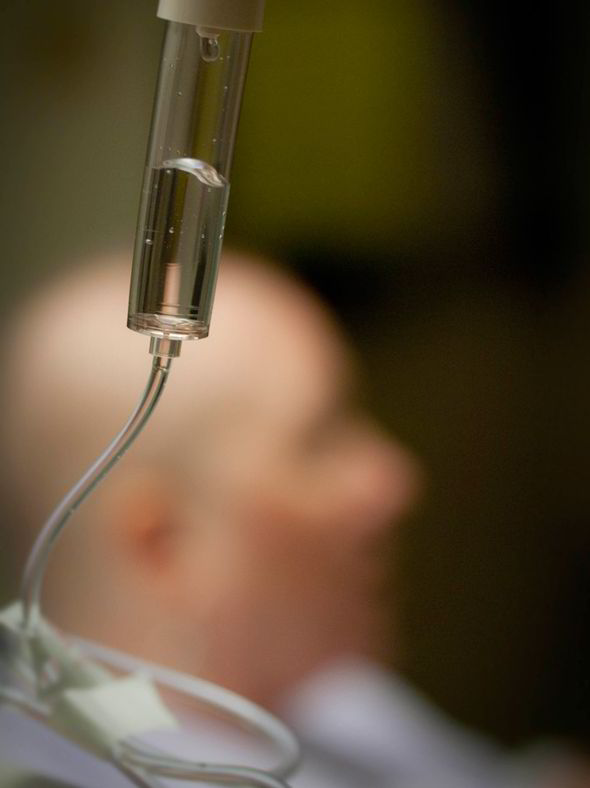It's now become clear: the threat to European savers and banks isn't anti-austerity parties but the Troika

Account-holders withdraw money from a cash machine in the Cyprus capital, Nicosia. Photograph: Barbara Laborde/AFP/Getty Images
The imposition of a levy on savers in Cypriot banks marks a new turn in the European crisis. Savings of over €100,000 will be subject to a 10% tax, and those under €100,000 one of 6.7%. The raid has been instructed by the "Troika" – the European commission, the IMF and the European Central Bank – as part of a characteristic "take it or leave it" ultimatum to the Cypriot government. The parliament in Nicosia is being pressed to ratify the deal with the threat that without it there will be no bailout funds and the ECB will withdraw all liquidity support to the stricken banks.
The Troika and its supporters have justified the levy by arguing that the state could not support the debt burden of a bank bailout. But this simply means the debt burden has been transferred from the banks, where it properly belongs, to households, who had no part in their lending decisions.
As part of that propaganda campaign, the focus has been on Russian oligarchs and tax evaders who have been laundering funds through Cypriot banks. In fact, among those caught in the upper savings bracket are bound to be pensioners for whom this represents their entire life savings, and others who have recently borrowed enough money to buy a modest home. But even if only oligarchs were affectedE, this is surely an admission of guilt by the European and international authorities, who are responsible for the global regulation of banks and co-ordinating anti-money laundering activities. Their own failure can hardly be a justification for expropriating the small savers of Cyprus.
The irony is that all this is done in the name of promoting stability. When anti-austerity parties have made strong showings in elections – in Greece, Ireland, France and Portugal – the pro-austerity parties have warned that the cash machines would dry up because no bailout fund would be made available to an anti-austerity government, and banks would be given no liquidity support. It is now clear that it is not anti-austerity parties but the Troika that is the direct threat to the savers of Europe and their domestic banking systems.
The question arises as to why Cyprus has been treated so much worse than other countries – the contrast with the treatment of Spain is marked, despite all the prior bullying. This is partly because the savers of large EU countries will not be directly affected by what happens to Cyprus, although the British press is already focused on the potential losses to British pensioners and service personnel based there. More important, however, the big banks of the same large countries are not facing any losses. If Spain collapses, it will take a large portion of the major European banks with it; this is why the Troika backed off from forcing Spain into a bailout programme.
But it is foolish of the Troika to assume that its confiscation of Cypriot savings will have no international implications. Savers all across Europe will look on in horror, and are bound to wonder whether it could happen in their own countries. It is entirely possible they will respond by shifting their savings into state or postal savings banks at the very least, even if outright bank runs are avoided. If this happens on sufficient scale, it could further undermine the fragile banking system in a number of countries.
It also has implications for the anti-austerity parties of Europe, who have long argued for nationalisation of the banks. As British government ownership of RBS shows, such nationalisation achieves nothing without directing the banks towards increased investment. In the single currency area, the left is now faced with an additional risk of the Troika withdrawing funds, and organised capital flight.
To prevent Troika raids, deposits need to be put into protective custody to preserve both savings and the domestic banking sector. For anti-austerity governments, these funds could then be used to support state-led investment and reverse the European depression.






